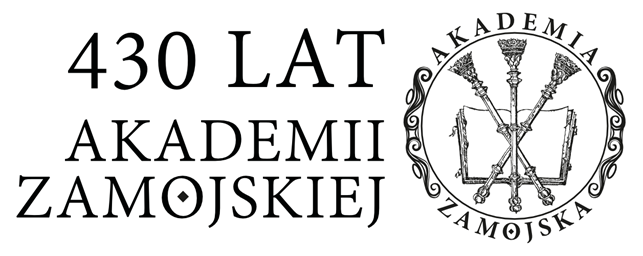The Creative Sector in Rural Areas in the Policy of Balanced Regional Development
Elżbieta Strzelecka
Abstract
Territorially oriented development policy (place-based approach ) is a new model, addressed mainly to the regions NUTS 1 and NUTS 2 in EU countries, including Poland. In building of the competitive advantage, the regions make use of the so-called smart specialization, and creative sector is one of the components. The territorial capital is being built primarily based on existing development potentials of the cities. Building territorial cohesion, based on regional development requires a long-term strategy, because it is a complex process and burdened with a certain risk. The Rural Manifesto, adopted in 2015 by the European Rural Parliament, pointed to the need to redefine the objectives of EU policy on development of regions due to the unbalanced treatment of rural areas compared to cities. The aim of this article is to draw attention to the lack of balancing in regional development both in the assumptions of the program, and operational activities. Exploiting the potential of the creative sector in rural areas is conditioned by the change of awareness of regional decision-makers, undertaking research, the activities aimed at the development, and by the support, also in an international context. Cited cases: the of Puszcza Mariańska Commune and the County Leitrim in the West of Ireland are examples of different approaches to the development of the creative sector in rural areas.
Keywords:
regional development, creative industries, creative enterprisesMost read articles by the same author(s)
- Elżbieta Strzelecka, Network Model of Revitalization in the Cittaslow Cities of the Warmińsko-Mazurskie Voivodship , Regional Barometer. Analyses & Prognoses: Vol. 16 No. 3 (2018)
- Elżbieta Strzelecka, Concept of Resilience and Development of Small Towns and Rural Area , Regional Barometer. Analyses & Prognoses: Vol. 16 No. 3 (2018)
Details
References
Statistics
Authors
Citation rules
Licence

This work is licensed under a Creative Commons Attribution-NonCommercial-NoDerivatives 4.0 International License.


 English
English
 Język Polski
Język Polski




